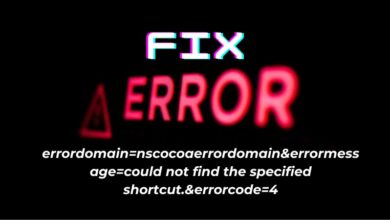Using Treemap Charts for Space Allocation: Optimize Efficiency in Facility Planning
Table of Content
In the ever-evolving field of facility management, the simplest strategies can bring colossal changes. One such strategy is the use of treemap charts for space allocation. It might come as a surprise as to how a mere chart can contribute to improved efficiency. Below, we unravel the potential of treemaps in facility planning and cover treemap examples.
Understanding the Concept of Treemap Charts

The beginning of insight is understanding what a treemap is. A treemap chart displays hierarchical data as a set of nested rectangles varying in size and color based on their data value. This unique visualization method allows for multiple layers of abstraction in one overview, highlighted by color variations and proportionate sizing.
It’s primarily helpful because it shows data at a glance and lets you inspect each piece for a more detailed understanding. Without diving too deep into the technical aspects, the treemap chart’s real strength lies in how it can effortlessly visualize large amounts of data.
This makes treemap charts more than just a pretty visualization; they’re a powerful tool for understanding complex, hierarchical data.
Enhancing Facility Planning Through Space Allocation
Facility planning is a multifaceted task. It involves balancing the available capacity against the goal of optimized productivity. That’s where the treemap chart comes into play, providing a unique visualization of the present state of affairs.
Using the treemap, facility managers can analyze where the current space allocation is lacking and where it works well. This analysis allows the development of a robust plan to restructure the available space to increase its utility.
Imagine a treemap chart representing an office plan, with different departments as data nested in larger rectangles. A facility manager can analyze this visually compelling representation to understand where they’re lacking in space allocation.
This ability to visualize the current situation aids in improving future planning.
The Advantage of Using Treemap Charts for Space Allocation in Facility Planning
A question that naturally arises here is why use a treemap chart instead of traditional methods? A simple answer to this includes the direct visualization, easy interpretation, and efficient representation of large data sets that treemap charts offer.
When the available space and its utilization become a treemap chart’s variables, the picture becomes clearer. Facility planning with this method offers a more substantial basis for decision-making—decisions that can directly impact an organization’s effectiveness and its employees’ well-being.
Another vital advantage that warrants mention is treemap charts’ adaptability. Regardless of the organization’s size, they can be used effectively, from local businesses to multinational corporations.
Practical Steps To Implement Treemap Charts in Space Allocation for Facility Planning

With an understanding of treemap charts’ potential in space allocation, let’s look at how the theory can be implemented. The first step is data gathering. Facility planning involves several data points, such as number of employees, department sizes, operating hours, etc.
The second phase is the treemap chart creation itself. The gathered data creates a chart depicting various departments as rectangles of sizes proportional to their allocated space. Different colors for different departments can aid in immediate differentiation.
Lastly, after creating the chart, it’s time for the most important part: analysis. The chart can help visualize areas of inefficiency and formulate a plan to eliminate them. Yet, the process doesn’t end here. Periodic reanalysis and chart update is essential to ensure continual progression and improvement.
While these steps seem uncomplicated, they can significantly impact the efficiency of space allocation within a facility.
Using a treemap chart for space allocation in facility planning provides a clear, visual overview but also aids in giving an accurate account of the present utility of space. This shifts the otherwise tedious task of space allocation to a manageable, visually enabled endeavor, aiding facility managers in making informed decisions.




